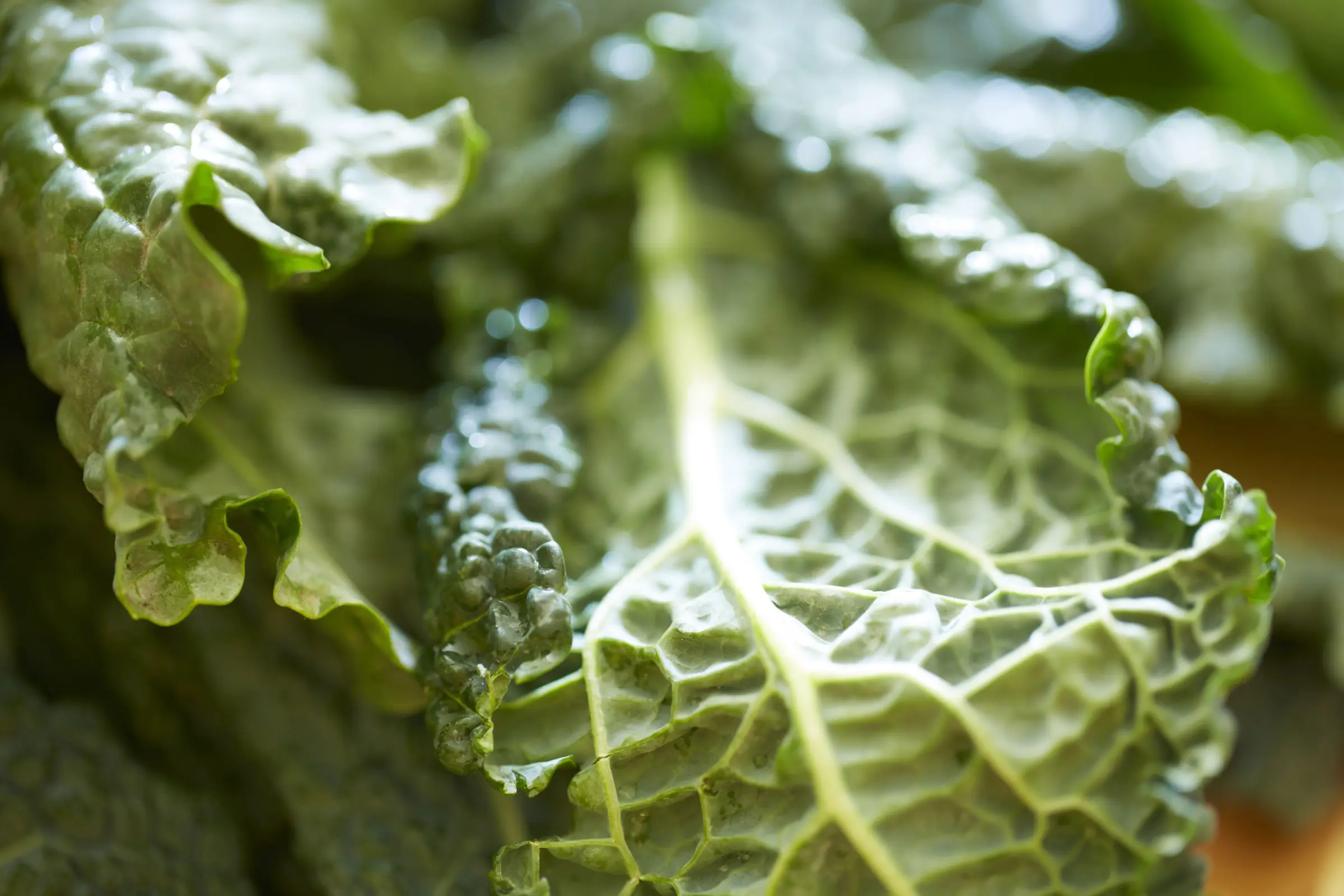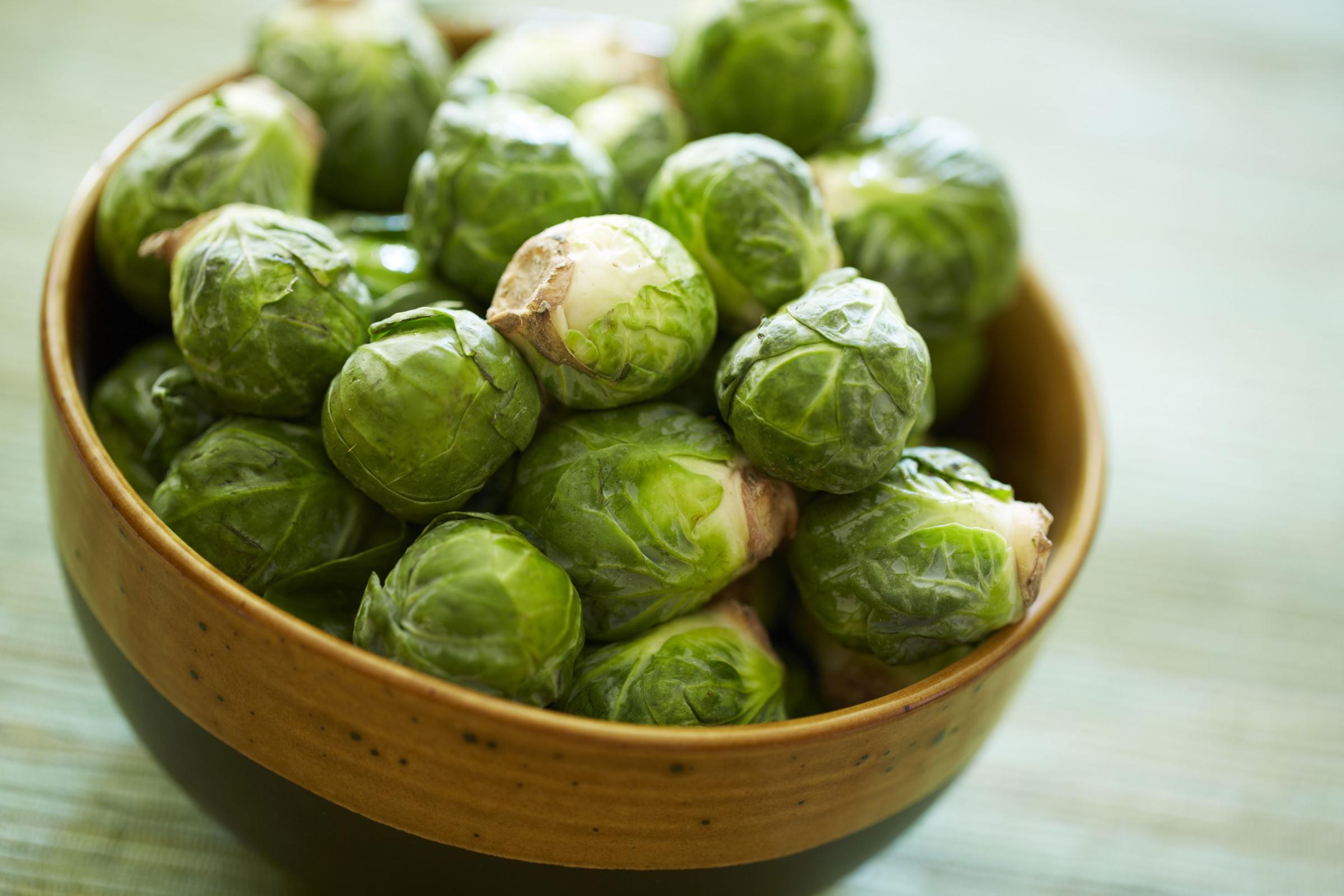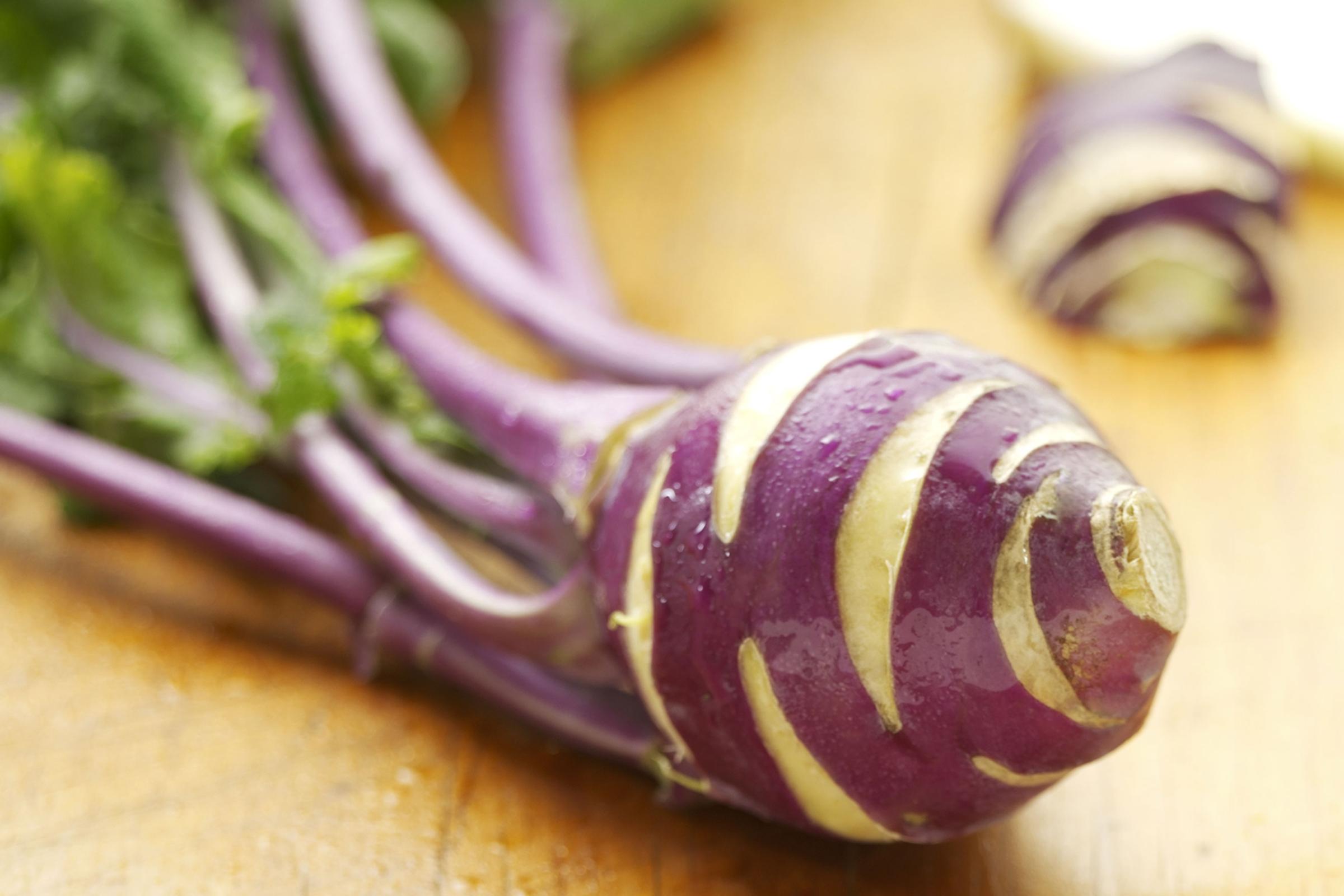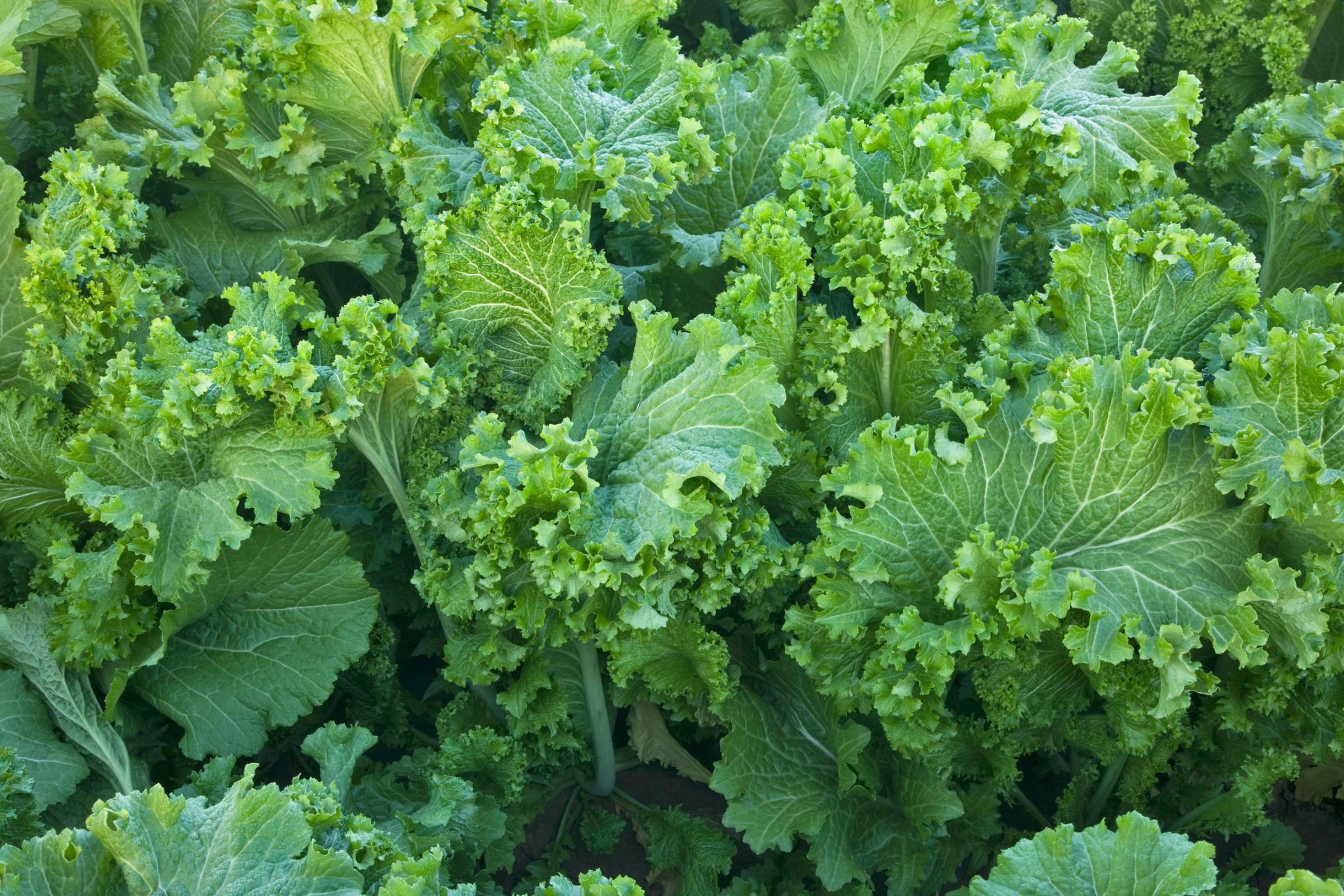By Helen Regan
A U.K. supermarket operator claims it has introduced the ingredient that many home cooks have been longing for: a no-tears onion.
Asda’s website says the onion, called an Asda Sweet Red, has been selectively bred to have “lower pungency levels” than regular onions, meaning fewer tears will be shed when chopping and the odor won’t linger on your breath for quite as long.
The onion has been 20 years in the making and was developed by British farmer Alastair Findlay of agricultural co-operative Bedfordshire Growers.
Findlay tasted some 400 to 500 bulbs every season in order to select those with lower pungency. His colleagues are presumably glad that his experiments are now at an end.
7 Foods That Taste Better Now Than They Will All Year







More Must-Reads from TIME
- Why Biden Dropped Out
- Ukraine’s Plan to Survive Trump
- The Rise of a New Kind of Parenting Guru
- The Chaos and Commotion of the RNC in Photos
- Why We All Have a Stake in Twisters’ Success
- 8 Eating Habits That Actually Improve Your Sleep
- Welcome to the Noah Lyles Olympics
- Get Our Paris Olympics Newsletter in Your Inbox
Write to Helen Regan at helen.regan@timeasia.com